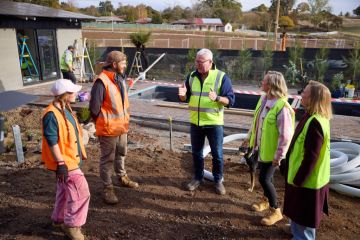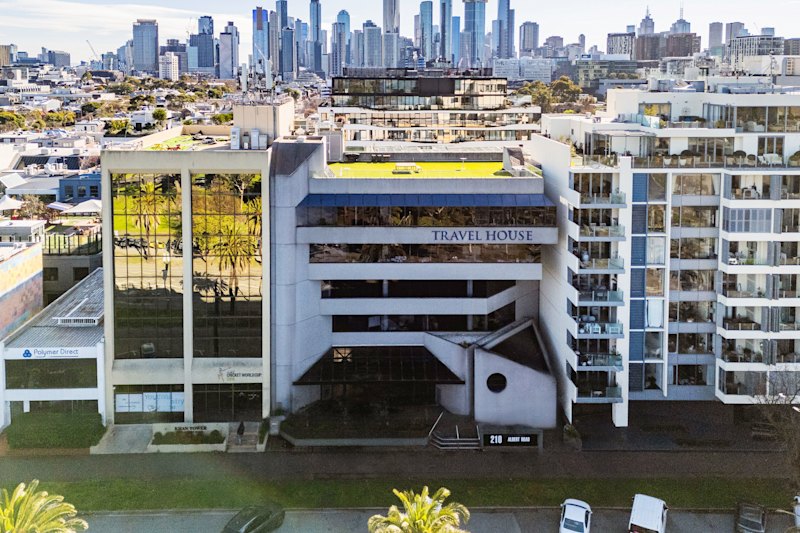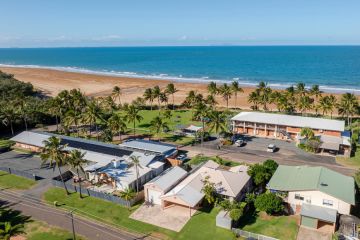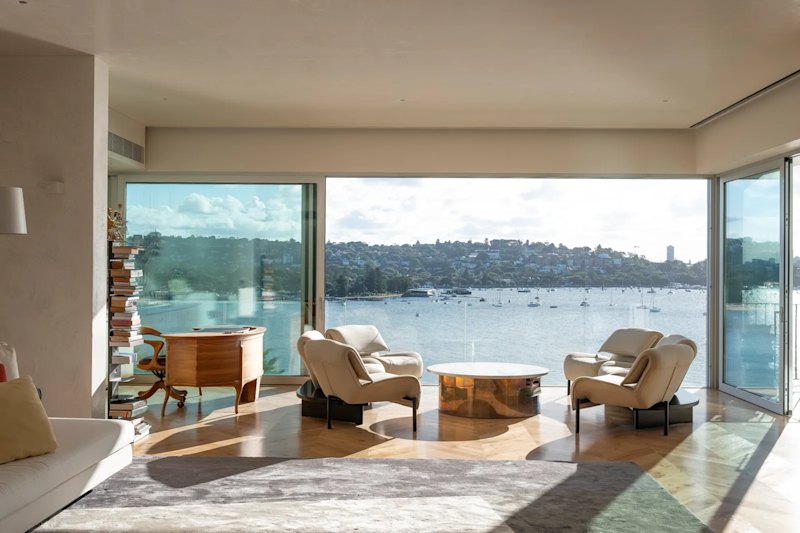Australia's fastest growing suburbs are on city fringes, new figures show

The number of people living on Melbourne and Sydney’s fringes is continuing to explode at a rapid rate, with new data showing outer suburbs in the two cities are growing larger and faster than the rest of the country.
Cranbourne East in Melbourne’s southern growth corridor was the country’s largest growing and second-fastest expanding suburb, ballooning by 88 people per week last financial year, Australian Bureau of Statistics figures released on Wednesday show.
Sydney’s high-rise hot spot Waterloo was the fifth largest growing suburb, with the number of residents in the high density area increasing by about 60 people a week between June 2014 and June 2015.
Perth suburbs Baldivis and Forrestdale were also among the top Australian suburbs attracting the most people.
Melbourne is officially the fastest growing capital city in Australia, with about 1760 people moving to the Victorian capital each week. The city added 830,000 residents over the past ten years, according to SGS Economics and Planning.
But with the city’s growth corridors in the north, west and south dominating the population boom for the second year in a row, some experts are concerned by the trend.
RMIT University professor of environment and planning Michael Buxton said the extraordinary numbers showed the state government was failing to properly monitor growth through meaningful policies.
“What they are doing is just sitting back approving large numbers of developments and they are not intervening to redirect development [to established suburbs],” Professor Buxton said.
“Rising house prices in the established city are continuing to drive large numbers of people to fringe. [Buyers] are paying relatively low prices for property, but end up paying big time for running costs and likely achieve minimal capital growth.”
Monash University professor Bob Birrell said there was continued strong demand for detached housing in Melbourne’s outer suburbs, which was half due to Victoria’s larger share of net migration from both overseas and interstate.
“Melbourne is still booming, despite the decline in the birth rate and a decline in national net overseas migration,” Dr Birrell said.
Domain Group data showed house prices in growing suburbs had lifted over the period, albeit modestly. Cranbourne East’s house price median was $418,750 – a 4.7 per cent increase.
But low medians and moderate growth are typical of areas that attracted migrants and first home buyers, according to Domain Group chief economist Andrew Wilson.
“Isn’t that part of driving force anyway? Affordability,” Dr Wilson said. “These are Melbourne’s growth areas and they show first home buyers are happily heading to the fringe.”
Hodges chief executive Carmel Baker said Cranbourne East was popular with migrants and young families because of the price point and larger block sizes.
“The whole Cranbourne region, in particular the Cranbourne East region, has been growing steadily year on year,” Ms Baker said, noting that the agency was now looking to open another franchise in the area due to popularity.
“Values are also increasing quite strongly in the area,” she said.
SGS Economics and Planning economist Terry Rawnsley said he was concerned by the distribution of the population growth.
“The fact Melbourne’s economy has been robust enough to support over 830,000 new residents over the past ten years is a real positive,” he said.
“[But] relying on high density in the inner Melbourne and low density on the fringe doesn’t produce good economic or social outcomes.
“The latter does not provide good access to employment and services, whereas the former, provides only a limited range of housing stock.”
We recommend
We thought you might like
States
Capital Cities
Capital Cities - Rentals
Popular Areas
Allhomes
More







